When you visit the Serengeti National Park, here are some guides for you to prepare for your adventure! Also, did you know the Serengeti National Park has six safari areas, all with individually unique features, whether you’d prefer an up-close sight on the world’s toughest predators, or just a quiet walk across the grasslands, check out the information below!
When should you visit the Serengeti?
Here is your travel guide to the Serengeti National Park
SAFARI AREAS
Senora & southcentral
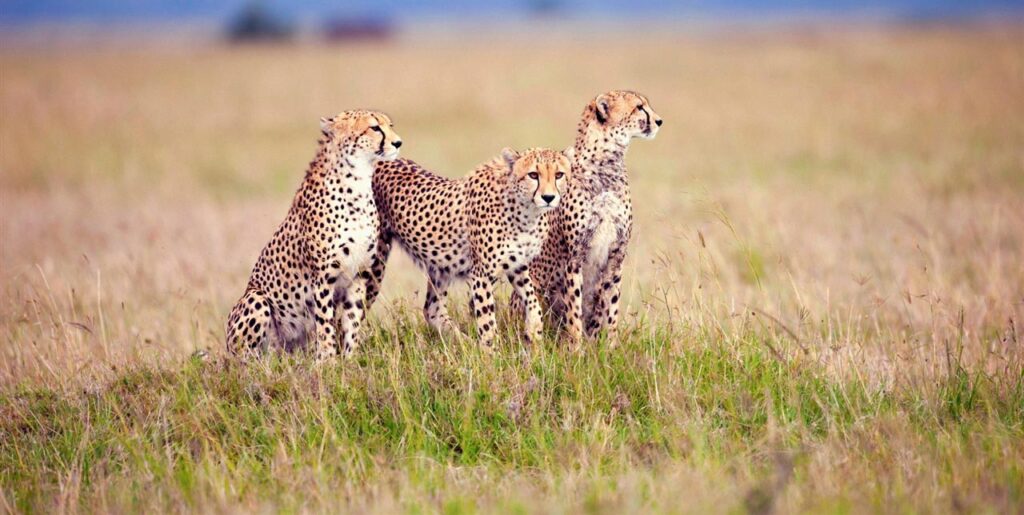
The center of wildlife viewing from the rainy seasons of December – April, this part of the Safari is the grazing grounds for wildebeests (2). But along with the wildebeests, are the big cats such as leopards, lions, and cheetahs that are guaranteed to be seen in this area (2). There is an abundant and diverse wildlife population, an endless supply of water year-round, many facilities, accessibilities, and more! (2). This area of the safari is in fact a visitor hotspot (2). You’ll always see clusters of vehicles and people waiting to see the excitement that comes from seeing wild cats such as lions mitigate, but the downside is, there are clusters of vehicles to see the wild cats mitigate (2). Nonetheless, this is a well-lived experience for every visitor! The peak for visitor activity at the Serengeti National Park is from March to May so remember to gear up if you’re planning a trip in the future! (2)
Learn more about this safari area here
Southeastern & Ndutu

From December to April, this area is highly dense in wildlife populations at its peak! (2). You’ll often stumble into giant hoards of wildebeests and zebras in this portion of the Serengeti Park, especially near Lake Ndutu which is the heart of the wildebeest gatherings (2). Fun fact, did you know this area is the highlight of The Great Migration, as female wildebeests give birth to thousands of calves in this area? (2). This circle of life destination is also where you’d find predators, but this area also provides to many bird species as well (2). The vachellia woodlands provide sanction to so many bird species, especially fantastic ones you’d find when you visit! (2). This area is also a popular hotspot for visitor traffic so make sure you gear up and get the first look before the vehicles start pulling up! (2).
Learn more about this safari area here
Western Corridor
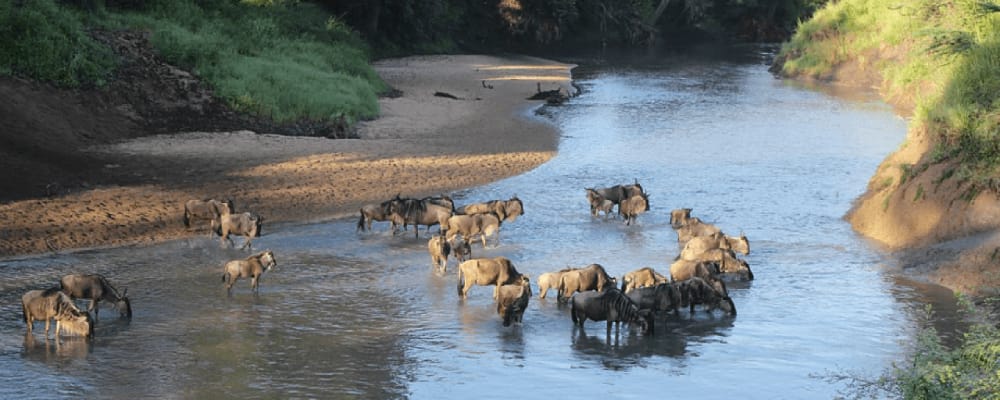
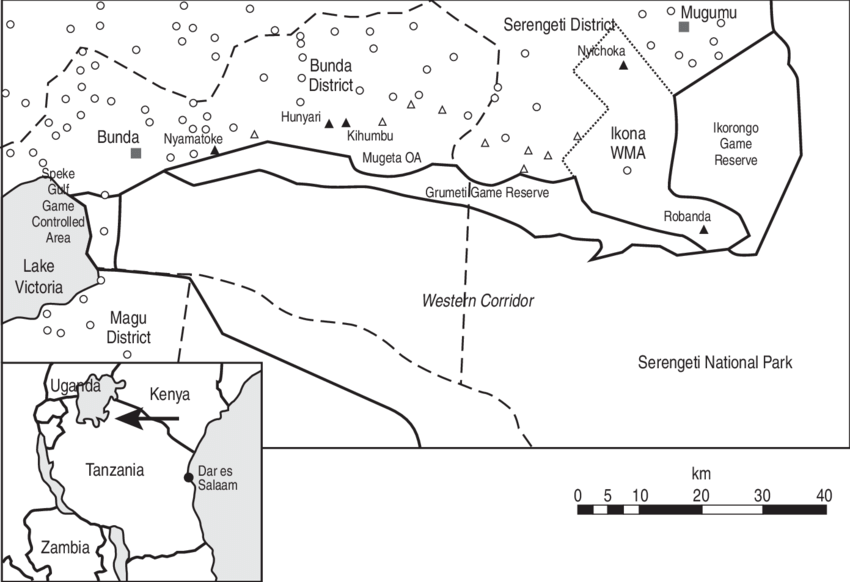
Coinciding with the Great Migrating, the busiest period for activities in this area is from May to July (2). The wildebeests actually pass through the Western Corridor on their trek to the north while crossing its biggest obstacle, the Grumeti River (2). The Western Corridor is far moister than the northern parts of the Serengeti, with denser vegetation that is especially abundant in the woodlands where there are a lot of grasses and the whistling thorn (Vachellia drepanolobium) (3).
Learn more about this safari area here
Grumeti Game Reserve
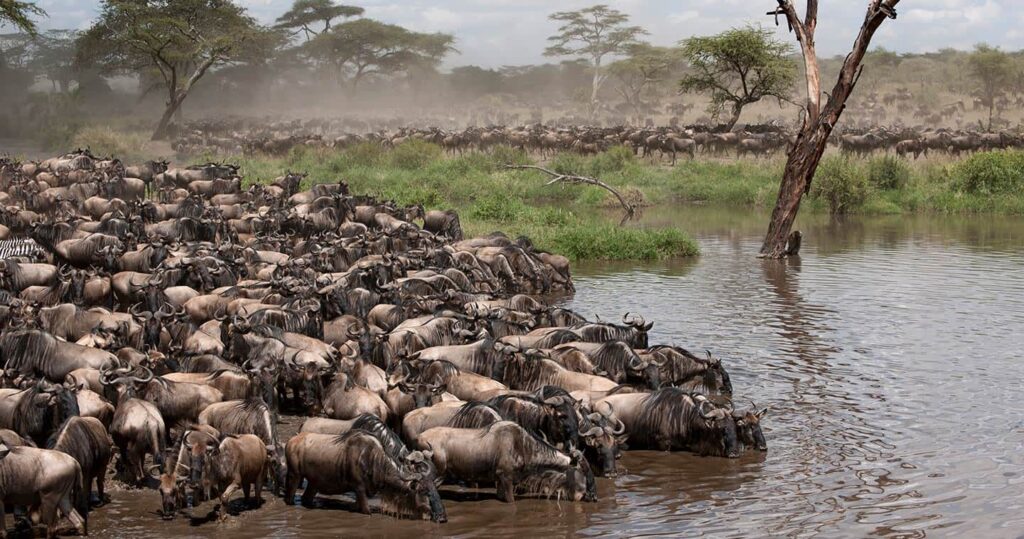
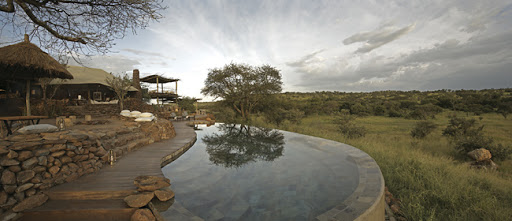
This area is very remote and isolated, with only a few lodges, but it is a great game viewing experience for visitors! (2). This area of the Serengeti provides exclusivity and the private experience tourists need without the crowd – you’ll be experiencing the private areas with a limit of sixty guests who also receive the prime quality experience (2). Not only is the Grumeti free of crowds and traffic, but it is also the best spot to see an abundance f lions! (2). The Grumeti is known for its dense lion pride of about 20 to 60 individual lions (3).
Learn more about this safari area here
Serengeti Mara
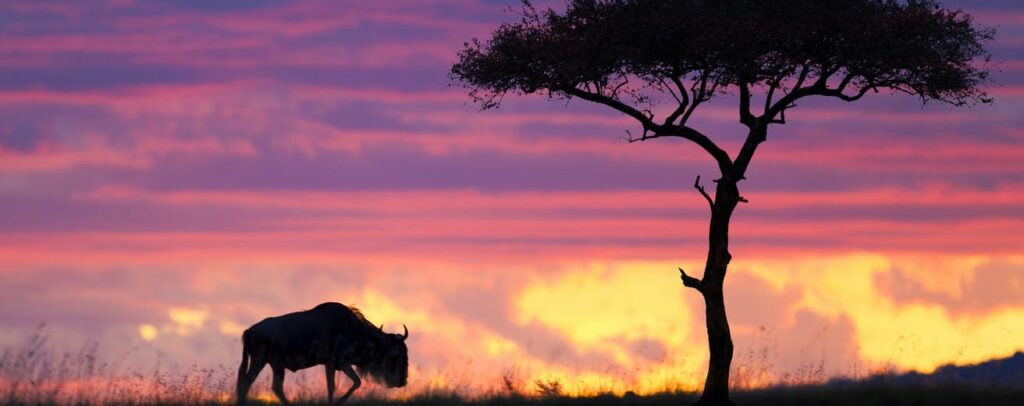
The famous Masai-Mara National Reserve is home to large numbers of lions and cheetahs (2). There are also elephant herds, topi, zebra, buffalo and wildebeest, and the rare black rhino! (2)
Learn more about this safari area here – Visit HISTORY to view the history of the Masai Mara National Reserve
Northern plains and Lobo
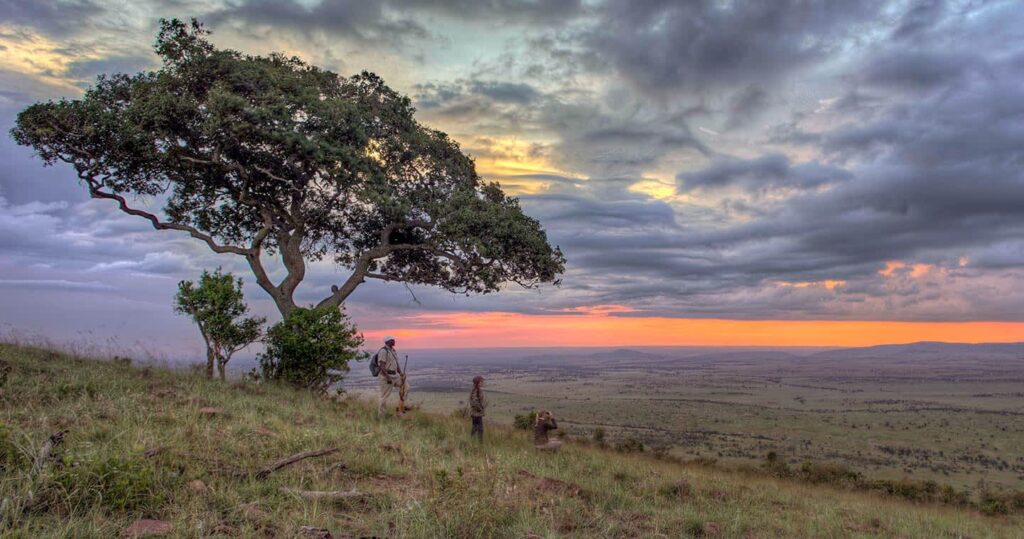
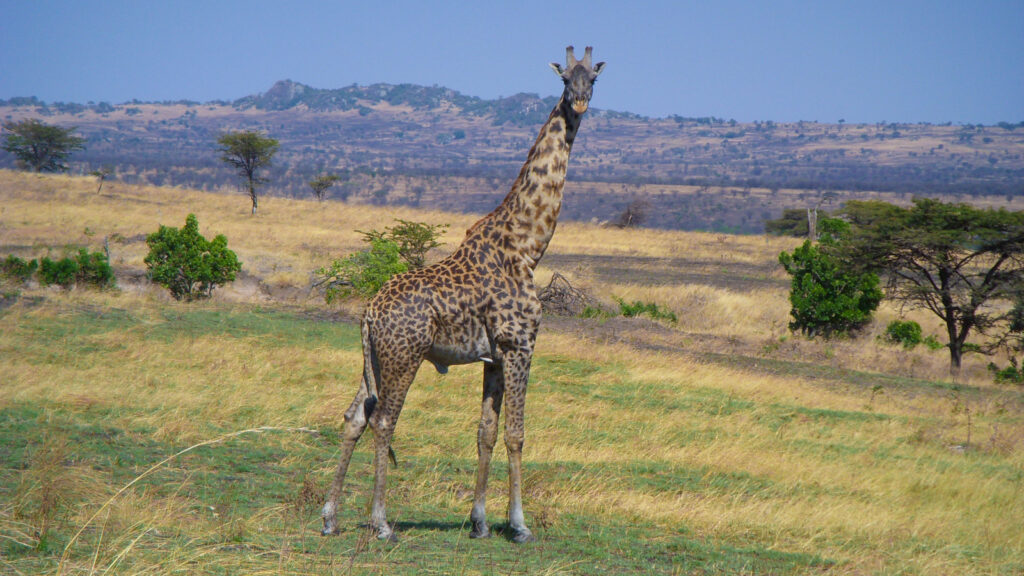
Compared to its southern parts, the northern plains of the Serengeti are a pleasant and quiet experience for those looking for a peaceful sightseeing experience (2). The northern plains of the Serengeti National Park stretch out from the Lobo Hills southwards to Seronera and are typified by green rolling hills (2). Although the area is dense in vegetation, it is very difficult to see wildlife as one would experience in the southern safari areas (2). Despite that factor, you can prowl through the beautiful grasslands in privacy as there are little to no tourist crowds or vehicle traffic! (2).

